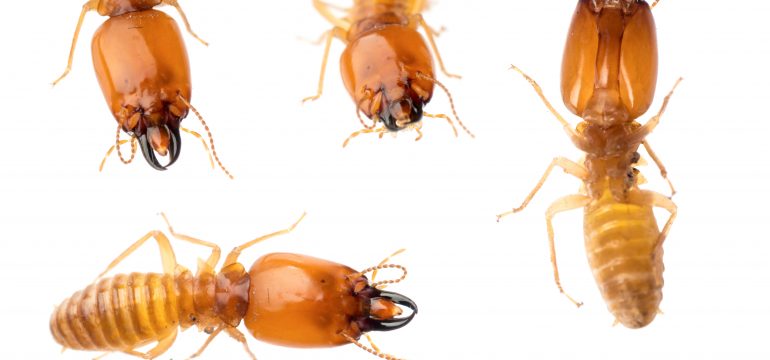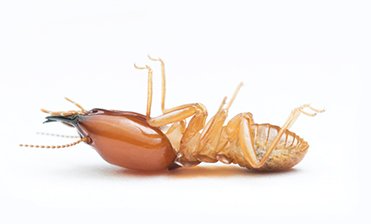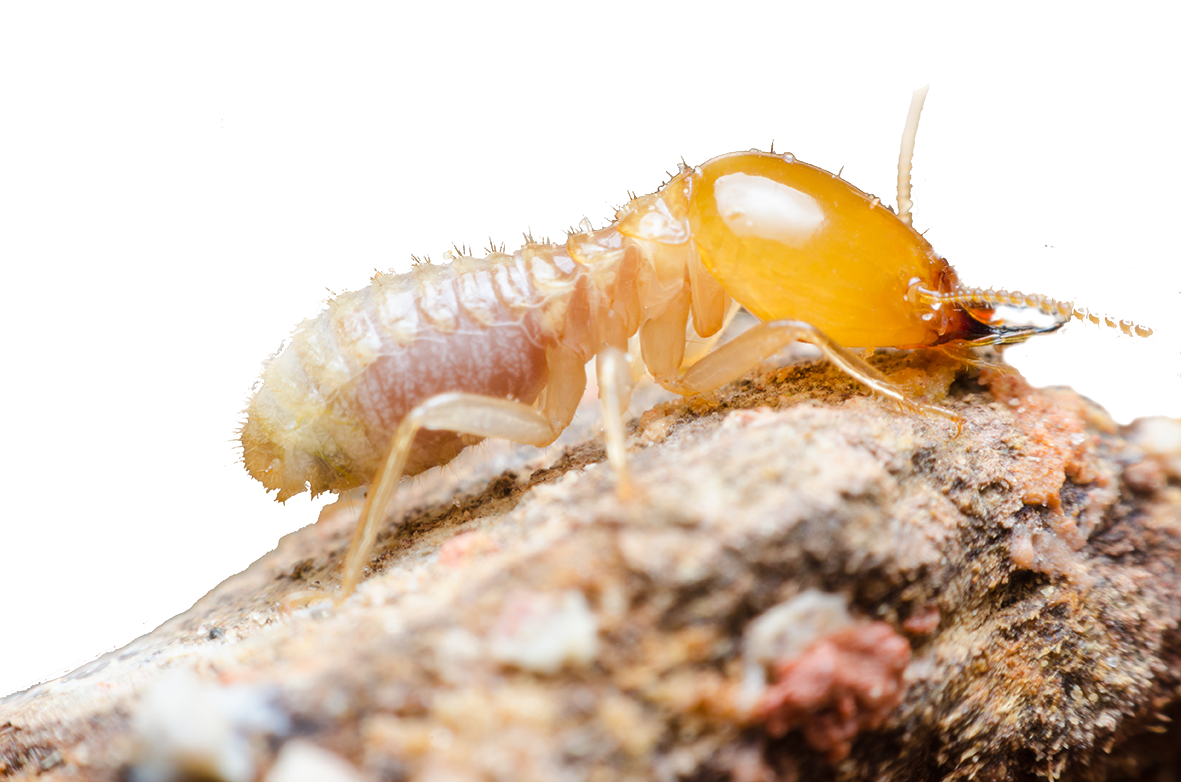Keeping termites away from your home in the first place can be the best way to save money although you will still want to have at least annual treatments to make sure that they don’t come around in the first place. But taking measures to be sure that conditions are not conducive to their survival just makes sense.
First, don’t feed them. Whether you know it or not, by having certain circumstances present in and around your house, you are giving the termites a food source that will sustain the colony and keep them reproducing making more and more termites that will damage your home.
Maintain your Drain Sanitary. Wet foliage endows with moisture and food for the pests, and because the gutter is attached to your house, it’s a simple point of entrance. Blocked gutters can also supply to dampness problems by sodden wood off the roof and front boards.

Wood piles and construction debris, boards left touching the ground or fences without proper ground clearance can all be food sources. Cardboard is also a preferred food of termites and soggy cardboard around or beneath a home could offer a perfect prospect for termites.
Building a deck? Make concrete barriers part of your plan and be sure to use borate-treated, pressurized wood. The USDA’s Forest Service has a bulletin on subterranean termites with helpful hints on construction practices.
Your Termite Control Melbourne service provider may also have a plan for preventing termite infestation. Stucco facades expanding near or into the mud surface provide asylum for termites, allowing them to move into a house unnoticed.
Termites love humidity which is why they feed on moist wood. Make certain the AC tank is at the slightest four inches from your home. Don’t let it trickle near your house. Dryers must vent away from the house — the hot air is moisture-saturated from dry garments. Washers should drain away from the house, too.

Check for leaky taps and make fixing them a main concern. Flat roofs are a terrible idea they harbor humidity and encourage termite infestation.
Summer sprinkler play is fun for kids, but make certain the valve is bowed off –firmly — after the water playoffs are over. Insulation around pipes should not expand all the way from the house to the soil. After cold spells are over, the insulation should be removed or at least have a gap large enough to allow homeowners to detect termites.
Check around the pipes in your home to make sure that there is no water leaking underneath the house. Pools of water can accumulate in the crawl space which is a breeding ground for termites – especially subterranean termites that live in the soil.
Make sure their access to the home is restricted. Keep vines, flower backyard and luggage containers away from your home. Make a backyard path if you must have them close by. Their roots nourish the termites, and the vegetation gives the termites the dampness and gloominess they crave. Moreover, you won’t be capable to see the clay tubes the termites make to creep into your home.
Ensure your residence for stains, holes and other invasion signs. Wings on your windowpane sill, predominantly inside the house, are a sign that you need to have your house checked; don’t just hope the trouble will go away.
Look closely at the foundation of your home and check for any cracks in the concrete. These are great places for termites to enter your home since they are so small. Any cracks should be sealed with a waterproof sealant that will make entry through these cracks impossible.
Keep all scrap wood away from your house. A woodpile for a fireplace is a haven for termites and they love to live in and around any scrap wood that is strewn about.
When it rains, they do little termite dances as it makes the wood much easier to eat. If the wood is close to your house, they may be tempted to take a vacation from the woodpile and move onto your home for a change of pace.
Make sure that all guttering downspouts point rainwater to drain away from your house. You don’t want the water to butt up against your home and make the wood wet.

Any wood that is touching equally the ground and your house is a peril eliminate all earth-to-wood contact in the construction, including scrap wood, fence posts, trellises, shrubbery or tree branches that come in contact with the home.
Keep the area around the foundation or piers of your house clear of wood debris; a piece of wood or a ladder leaning against the house can provide a termite entrance.
Don’t build bridges for termites. Make sure that gardens don’t mound new dirt over treated soil next to the foundation or piers. Avoid using mulch in gardens next to the house. Mulch is just wood chips and when it gets wet, it’s a buffet for your local termites.
And, believe it or not, outdoor lights with white bulbs may attract night swarming termites, especially in the spring. Strive to replace white bulbs with yellow or pale amber.
There is some advancement that is being made in the detection of termites and termite colonies in structures and homes. Actually, it is a technology that has been around for a while but is just now being used in the detection of termites.